Four questions for a casino InfoSec director
CIO
SEPTEMBER 21, 2023
As learned from recent cyberattacks, user education has become a critical component to protecting against these threats as well.
This site uses cookies to improve your experience. To help us insure we adhere to various privacy regulations, please select your country/region of residence. If you do not select a country, we will assume you are from the United States. Select your Cookie Settings or view our Privacy Policy and Terms of Use.
Cookies and similar technologies are used on this website for proper function of the website, for tracking performance analytics and for marketing purposes. We and some of our third-party providers may use cookie data for various purposes. Please review the cookie settings below and choose your preference.
Used for the proper function of the website
Used for monitoring website traffic and interactions
Cookies and similar technologies are used on this website for proper function of the website, for tracking performance analytics and for marketing purposes. We and some of our third-party providers may use cookie data for various purposes. Please review the cookie settings below and choose your preference.

CIO
SEPTEMBER 21, 2023
As learned from recent cyberattacks, user education has become a critical component to protecting against these threats as well.
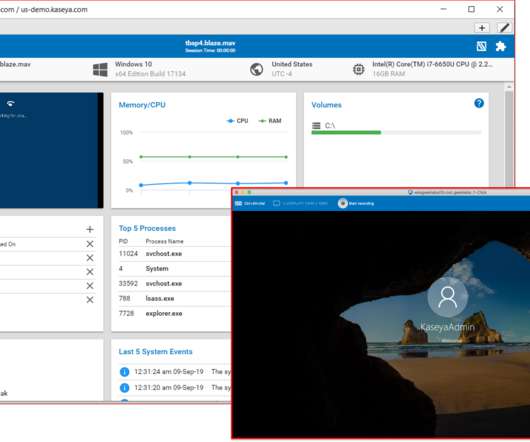
Kaseya
JANUARY 23, 2020
Endpoint Backup and Recovery . Kaseya Unified Backup . Kaseya Unified Backup (KUB) enables IT technicians to manage endpoints, monitor network devices, and perform backup and recovery tasks, all from a single pane of glass i.e. from Kaseya VSA, the endpoint and network management solution. . Kaseya AuthAnvil .
This site is protected by reCAPTCHA and the Google Privacy Policy and Terms of Service apply.
Agent Tooling: Connecting AI to Your Tools, Systems & Data
Automation, Evolved: Your New Playbook for Smarter Knowledge Work
Mastering Apache Airflow® 3.0: What’s New (and What’s Next) for Data Orchestration
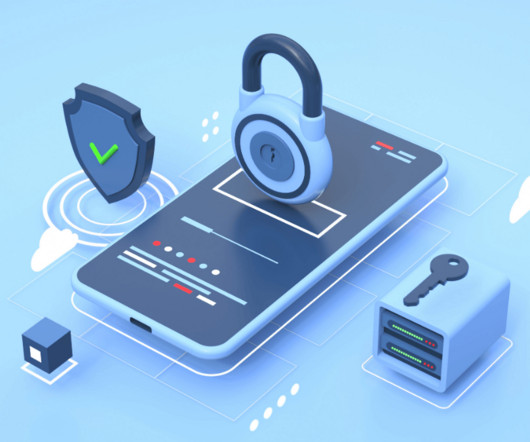
OTS Solutions
JUNE 21, 2023
This may include implementing advanced firewalls, deploying DDoS mitigation technologies, and establishing an incident response plan. Additionally, enabling features such as two-factor authentication can also add an extra layer of security to protect against password-guessing attacks.

Kaseya
MAY 18, 2020
As per the survey, MSPs earned an average of 30 percent of their revenue from providing traditional managed services, while other service revenues, such as professional services, backup and disaster recovery services or cloud services, lag among MSPs. Backup and Disaster Recovery Services. Whatever the reason may be?—whether
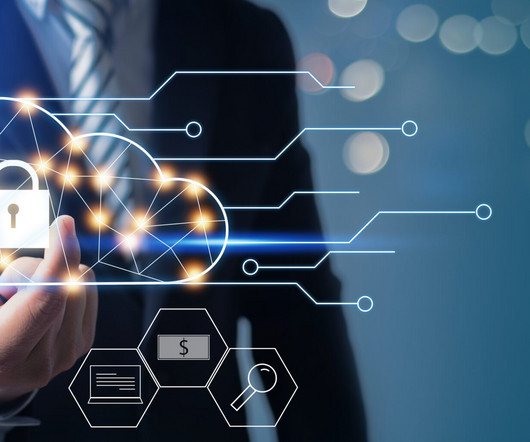
Kaseya
APRIL 10, 2025
According to The State of SaaS Backup and Recovery Report 2025 , over 30% of businesses lost SaaS data due to misconfiguration. Many security tools, such as antivirus, endpoint detection and response (EDR) and firewalls, dont protect user activity within these cloud applications. Thats where SaaS Alerts comes in.

Linux Academy
APRIL 8, 2019
It also provides a handy browser plugin to fill in credentials for me, once I’ve authenticated to the plugin. Multi-factor authentication (MFA). Now, on to our second point for today: multi-factor authentication (MFA). Now, on to our second point for today: multi-factor authentication (MFA). Where to use MFA.
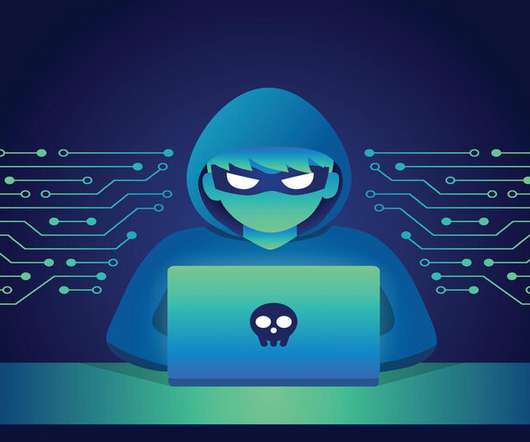
Kaseya
NOVEMBER 9, 2020
Backup and Disaster Recovery. If you are an IT professional, you know how important it is to backup your critical systems so that data can be recovered in the event of a system failure due to a natural disaster, bad update, malicious cyberattack or other issues. Two-Factor Authentication (2FA). Conclusion.
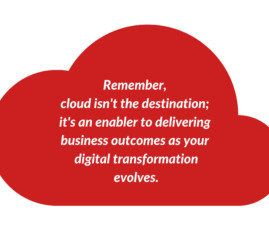
Perficient
MARCH 27, 2023
multi-factor authentication, single sign-on, security policies, user and device management. Infrastructure Security: Ensuring comprehensive platform security via firewalls, VPNs, traffic monitoring, data encryption, private endpoints, infrastructure as code best practices, governance policies.

Kaseya
NOVEMBER 24, 2021
They employ sophisticated tools, such as top-of-the-line intrusion detection systems, vulnerability scanners, VPNs, firewalls and dark web scanning solutions, to carry out comprehensive threat detection, prevention and mitigation activities for existing and potential threats. In contrast, MSSPs provide advanced protection from cybercrime.

Ivanti
OCTOBER 12, 2021
Turn on your mobile device’s screen lock with biometric authentication such as iOS’ Face ID or Android’s fingerprint or Face Unlock, or Samsung’s Iris unlock. Never share your credentials with anyone and enable multi-factor authentication (MFA) for your online accounts and remote access services such as Virtual Private Networks (VPN).

Kaseya
FEBRUARY 11, 2021
Your IT Valentine allows you to log in to remote machines almost instantaneously, even over high-latency networks or behind firewalls. Your IT Valentine also makes use of two-factor authentication (2FA) to enhance login security. Reliable Backup and Disaster Recovery. Increased Uptime and User Productivity.

Linux Academy
MAY 31, 2019
For network devices, we should consider using RADIUS/TACACS+ for authentication purposes, not a shared user account. Ansible can help automate the backup, and you can learn more in this month’s how-to video that covers using Ansible to back up a Cisco ASA firewall. Network Device Configurations. Go out there and win!

Palo Alto Networks
AUGUST 18, 2021
If the organization does not have an incident response (IR) plan to restore operations from backups, they may feel more compelled to pay attackers. Implement multi-factor authentication (MFA) for all internet-accessible devices and accounts. Keep backups segregated and/or offline. Keep an inventory of devices and software.
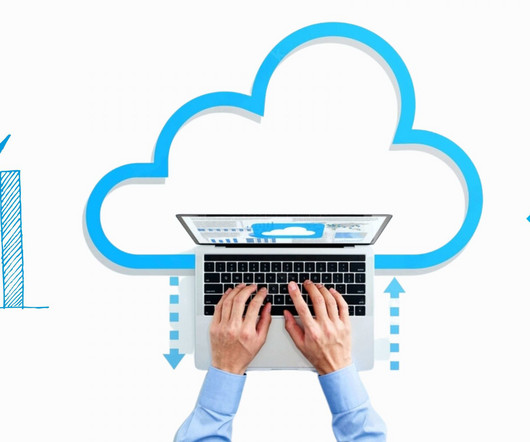
OTS Solutions
APRIL 23, 2023
Cloud service providers provide ways to secure your data and information by providing firewalls to detect any unusual activity by intruders. In case of any information crash, these services provide you with easy data backup features with a secure connection. Since it helps in authenticating the user’s identity.

Datavail
JULY 21, 2020
Managing Security Groups: VPC security group are like firewall at the subnet level which controls access to DB instances in VPC. Use IAM Database Authentication: AWS RDS and Aurora support authentication to the database using IAM user or role credential. Public IP is not assigned to RDS instances.

Kaseya
NOVEMBER 3, 2020
The Weapon: Two-Factor Authentication. Two-Factor Authentication (2FA), a form of multi-factor authentication, uses a second layer of authentication to access your systems by requiring users to provide a password (something they know) and a mobile app or token (something they have). Well, your wish has been granted.

KitelyTech
FEBRUARY 28, 2023
This involves implementing strong identity and access management policies, using encryption to secure data at rest, and deploying firewalls to monitor network traffic. It is also important that organizations maintain visibility into their cloud environment by using monitoring tools and analytics platforms.
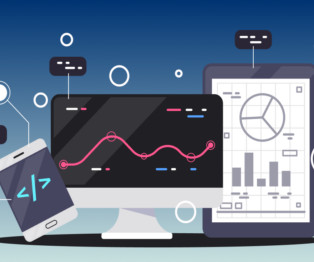
Mobilunity
DECEMBER 26, 2024
Security and compliance Create security plan Implement identity and access management (IAM) by utilizing multi-factor authentication (MFA) along with role-based access control (RBAC). Update DNS and network configurations Modify DNS entries and adjust firewall settings, network policies, and VPNs as necessary. How to prevent it?
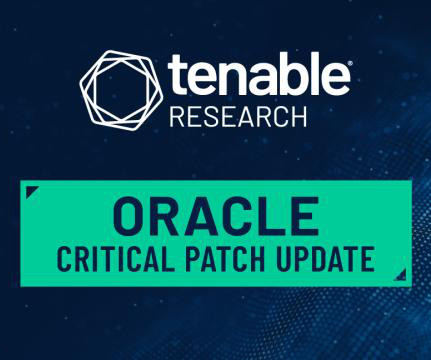
Tenable
JANUARY 17, 2024
of the total patches, followed by Oracle Secure Backup at 55 patches, which accounted for 14.1% A full breakdown of the patches for this quarter can be seen in the following table, which also includes a count of vulnerabilities that can be exploited over a network without authentication. of the total patches.
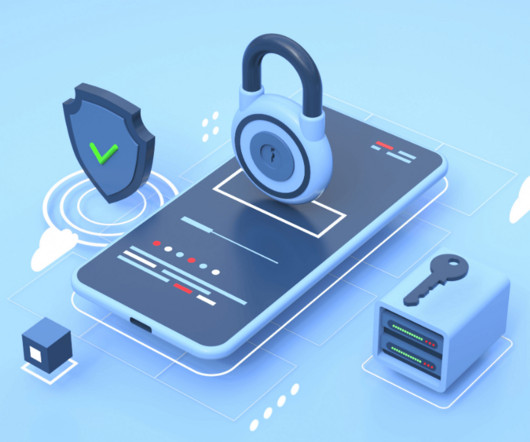
OTS Solutions
JUNE 21, 2023
This may include implementing advanced firewalls, deploying DDoS mitigation technologies, and establishing an incident response plan. Additionally, enabling features such as two-factor authentication can also add an extra layer of security to protect against password-guessing attacks.
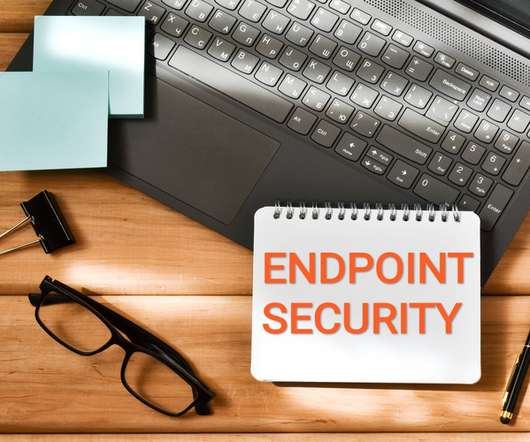
Kaseya
FEBRUARY 9, 2022
Endpoint protection tools combine the functionality of various security solutions, such as antivirus, antimalware, firewalls, antispyware and intrusion prevention, into a single package to provide comprehensive protection. Network control: A reliable firewall is an example of network control. But that’s not all.
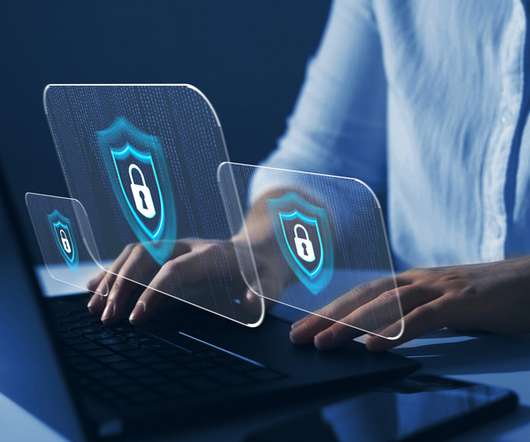
Kaseya
NOVEMBER 29, 2022
To be fully prepared for threats, you have to monitor all the devices on the network, from firewalls and switches to routers and even printers, not just servers and workstations. Additionally, it helps ensure backups are not deleted and additional RMM agents not installed. 24/7 monitoring. Ransomware detection.
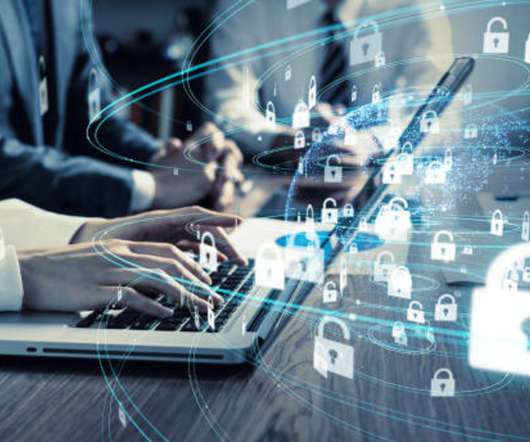
Kaseya
APRIL 15, 2020
As more organizations continue to adopt APIs for their applications, API security will be exposed as the weakest link, which could lead to cloud-native threats and put user data and privacy at risk. Have an incident response plan.

Cloudera
JULY 15, 2021
Such services include Cloudera Manager (CM) and associated Cloudera Management Services (CMS), the Hive metastore RDBMS (if co-located on the cluster) storing metadata on behalf of a variety of services and perhaps your administrator’s custom scripts for backups, deploying custom binaries and more. . Networking . Authorisation.
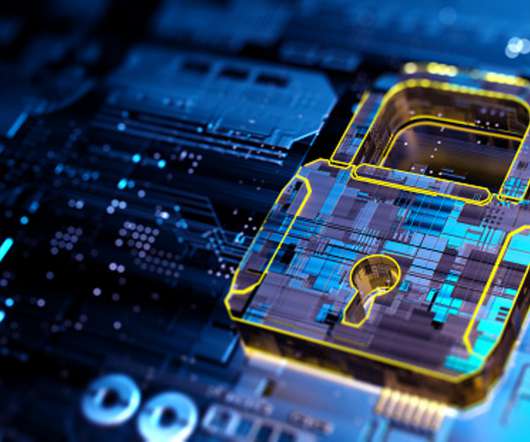
Kaseya
DECEMBER 23, 2020
Given the likelihood of falling victim to a ransomware attack, it’s critical to have a comprehensive backup strategy in place to protect your organization. Inefficient verification and authentication practices further enable social media attacks to succeed. Social Media-Based Attacks. Have an incident response plan.

Invid Group
SEPTEMBER 29, 2023
Consider implementing multi-factor authentication (MFA) wherever possible to enhance security. Use Firewalls and Intrusion Detection Systems Deploy firewalls and intrusion detection systems (IDS) to monitor network traffic and block malicious activities. Encrypt Sensitive Data Encrypt sensitive data both in transit and at rest.

Datica
SEPTEMBER 11, 2019
AWS Backup , for instance, makes it incredibly easy to automate and centralize the backup of data across all AWS services in the cloud and on-premise using the AWS Storage Gateway. per GB/month (Backup storage). Amazon S3 Glacier is a durable, secure, and low-cost cloud storage class for long-term backup and data archiving.
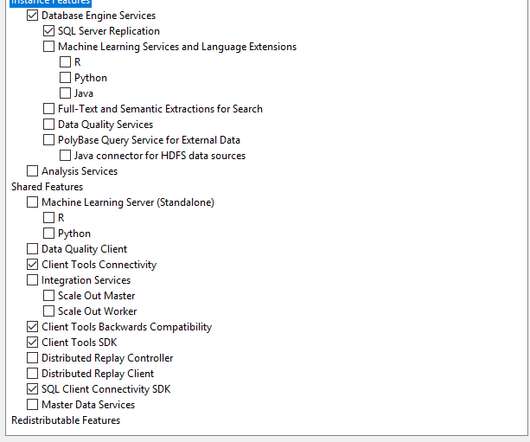
Datavail
JULY 10, 2020
Configuring Windows Firewall. We will choose Windows authentication mode and add current user as the SQL Server administrator. Leave the Windows authentication mode option button selected. It covers maintenance tasks such as backups, integrity check, and index and statistics maintenance. Enabling TCP/IP for SQL Server.

Datavail
FEBRUARY 2, 2021
Workloads in MariaDB can be protected with many options, from encryption to user authentication. Firewall Plugin: Use this flexible and robust firewall to stop queries using a rule-based system. LDAP Authentication: Meet your enterprise-grade database requirements with LDAP support.
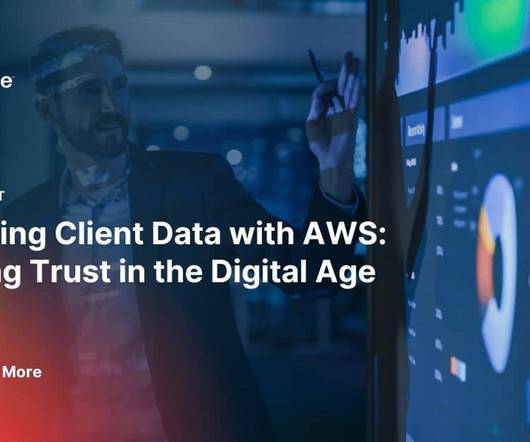
Mentormate
JUNE 4, 2024
Human errors, such as accidental data deletion, can also lead to severe consequences, especially without proper backup and disaster recovery measures. AWS Cognito provides secure, frictionless identity management for external users, integrating with trusted public authentication services.

Ivanti
JUNE 7, 2024
A few years ago, basic cyber hygiene meant creating and updating complex passwords, patching devices regularly, backing up data and deploying firewalls and endpoint virus scanners. We still need to make backups, but they should be saved in secure, non-connected places, immune from modification. password), something you have (e.g.,
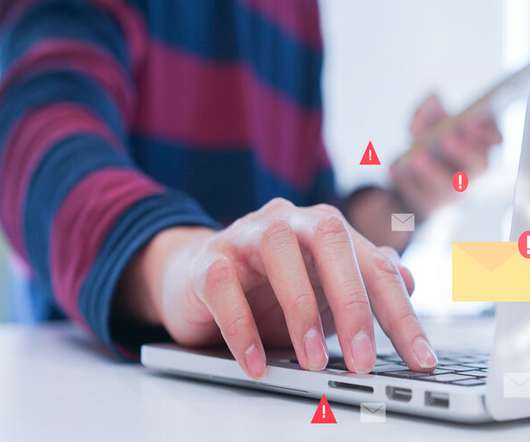
Kaseya
JANUARY 25, 2021
Multifactor authentication (MFA) – Passwords alone cannot protect accounts, especially ones that are as simple as “password123.” Device verification and user authentication – Access is provided only when a user proves who they are and if they are secure. With multiple validations done, ZTNA allows access only to verified users.
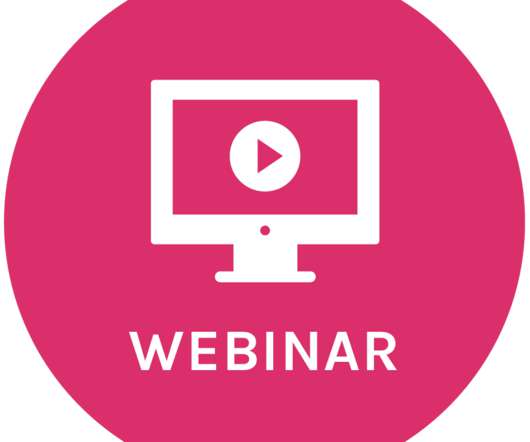
PowerSchool
MARCH 3, 2020
Perform backup and recovery of your critical systems. You should also test your backup regularly to make sure you’re able to restore your systems if they become compromised. Make sure your backups are offline and not on your school network. Deploy multi-factor authentication. Create an education and response plan.

Brainvire
NOVEMBER 16, 2018
Setup A Firewall. Backup Data Regularly. Setup A Firewall. A firewall works as a barrier between these threats and your system. The firewall. So it is advisable to install an external firewall as well as an internal firewall to get an additional layer of protection. Backup Data Regularly.

InfoBest
MARCH 23, 2020
Use a multi-factor authentication and Data-at-Rest Encryption to a perimeter and internal firewall to ensure the safety of your data. Simple: Backup, backup and then backup some more. Adequate data backup measures and disaster recovery are necessary. How you can prevent data loss from happening?

O'Reilly Media - Ideas
DECEMBER 3, 2024
Using Git to backup Linux’s /etc directory is obvious, once you think of it. It’s time to upgrade firewalls and routers. Multifactor authentication will be mandatory for all Google Cloud accounts by the end of 2025. GitHub Spark allows users to create small “micro-apps,” or sparks, without writing any code. Hacking the hacker?
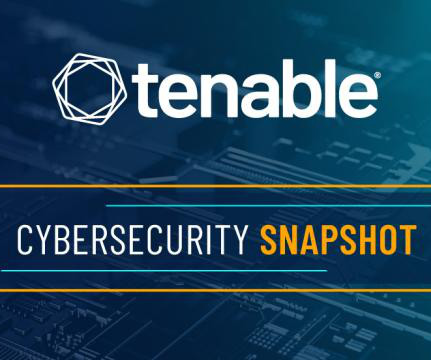
Tenable
DECEMBER 1, 2023
There is no known risk to the unidentified municipality’s drinking water.

Kaseya
DECEMBER 7, 2021
Hardware or software failure, backup and recovery problems, physical damage to devices or any other factor that could negatively affect IT infrastructure and disrupt business operations is included in the IT risk assessment plan. Errors in backup systems may also lead to data loss. Let’s look at some common IT risks.

The Accidental Successful CIO
FEBRUARY 6, 2019
This is why using magnetic tape as an offline backup system is starting to make so much sense to firms. More and more magnetic tape is starting to become part of a firm’s best-practice backup strategy. As with so many other things in the IT department, a CIO understands that a good backup strategy will have multiple layers to it.
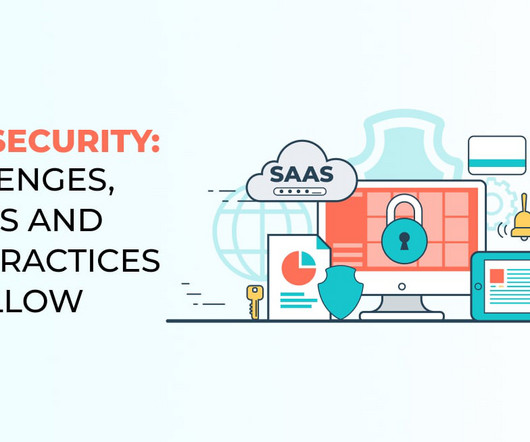
Openxcell
JUNE 16, 2023
Security measures include encryption, authentication, access controls, network security, data backup & recovery. If backup and recovery mechanisms are not in place, accidental deletion or corruption of data within the SaaS environment can result in data loss. As a result, 5 billion records were exposed by hackers.
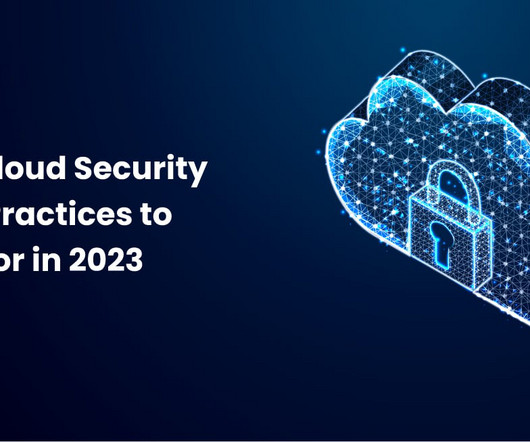
Openxcell
OCTOBER 20, 2023
i) What are the authentication methods they facilitate? New cloud projects propose an option to reassess security methods and manage occurring threats, offering a defense-in-depth approach, including firewalls, anti-malware software, intrusion detection systems, and access control measures. g) Do the providers encrypt the data?

Cloudera
OCTOBER 25, 2022
Use one of the many enterprise firewalls offered within the cloud platform marketplaces. You can deploy a virtualized enterprise firewall in a hub and spoke design, using a single or pair of highly available firewalls to secure all your cloud networks. Identity management and authentication. Host-based security.
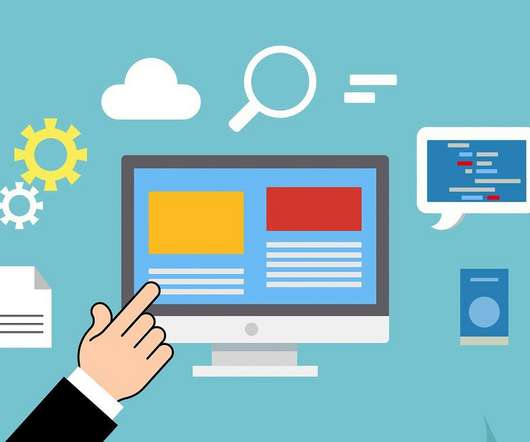
Strategy Driven
MAY 20, 2021
Your IT support should be able to find you the best cloud backup service. Cloud backups allow companies to virtually store information on the external cloud servers and prevent them from getting lost. Data Backup and Restoration. Firewall Services. A two-factor authentication code further protects them.

Mobilunity
JANUARY 6, 2025
The main layers of protection include features like Multi-Factor Authentication (MFA), access keys, and role-based access control. The Web Application Firewall and AWS Inspector help protect web applications from common vulnerabilities, for example, SQL injection and cross-site scripting. Enable multi-factor authentication (MFA).
Expert insights. Personalized for you.
Are you sure you want to cancel your subscriptions?


Let's personalize your content